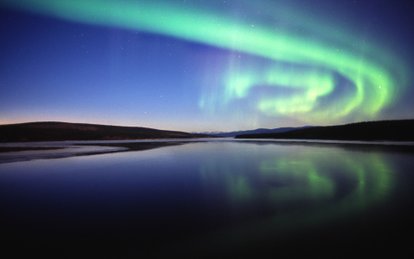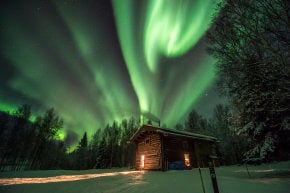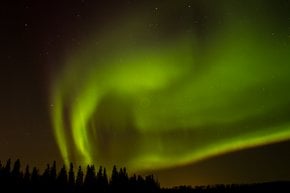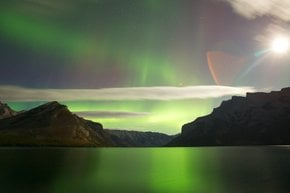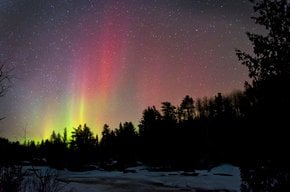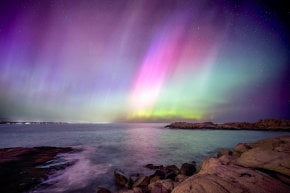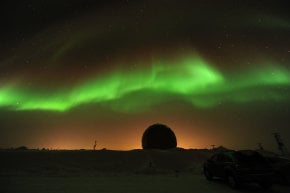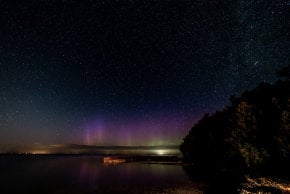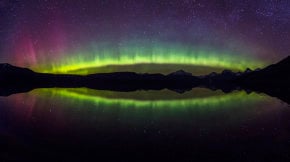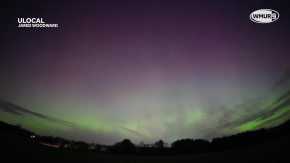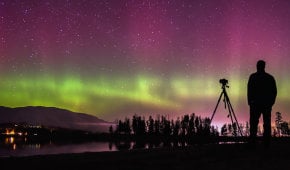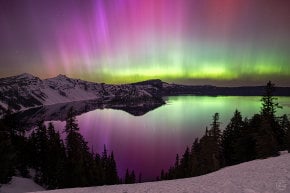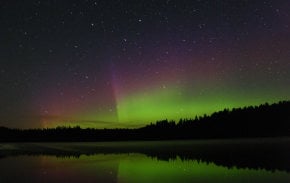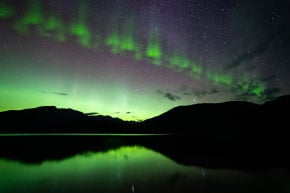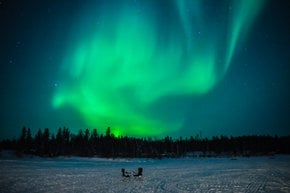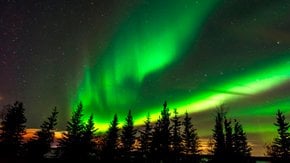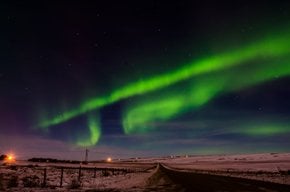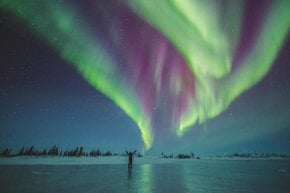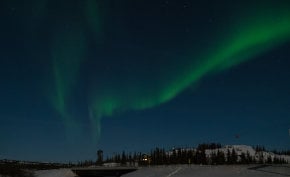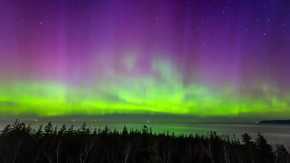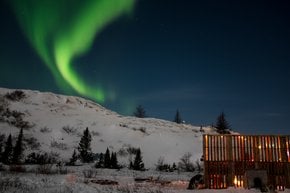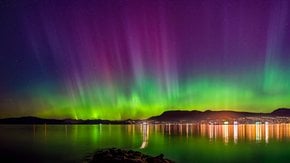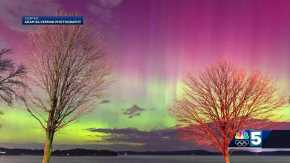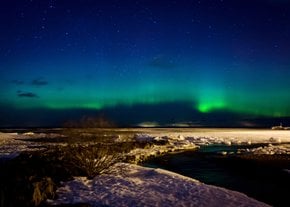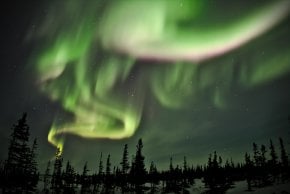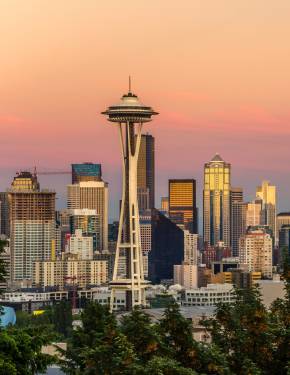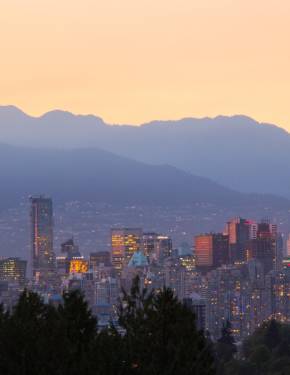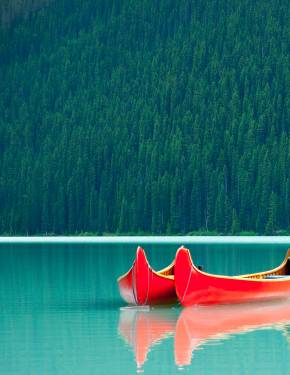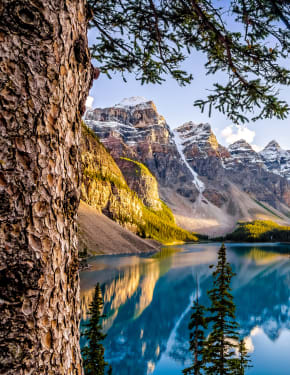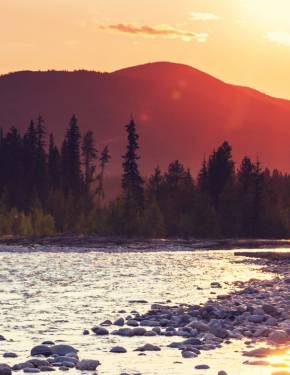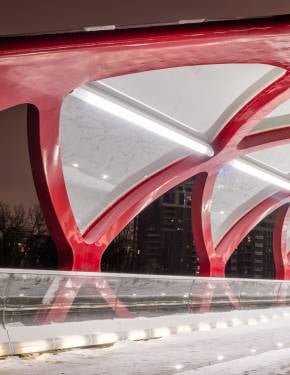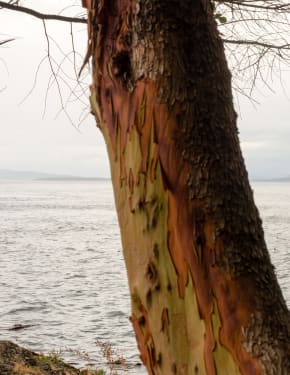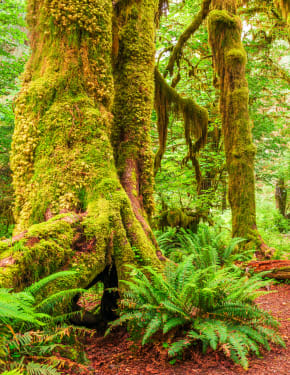Northern Lights in Yukon 2025-2026
The premier Canadian destination for aurora borealis chasers and adventure seekers
Best time: November–March
Northern lights in Canada is a common phenomenon and can be see throughout different parts of the country. The mountainous Yukon lies in Canada's northwest and borders the Arctic Ocean and Alaska. Thanks to its geographical position, Yukon is the ideal place to observe the enchanting northern lights phenomenon. Caused by geomagnetical activity, northern lights are hard to predict. Luckily, you can check with reliable forecasts prepared by the University of Alaska Fairbanks or other institutions. If you manage to travel this far north, the sightings of aurora borealis are going to be the most vivid. In Yukon, you can see the dancing lights almost from anywhere, thanks to low light pollution.
When to see northern lights
The best time for watching northern lights is when nights are the longest and darkest: from November through March. However, if you get lucky, it's possible to get a glimpse of aurora in Yukon as early as mid-August when the weather is still warm or as late as mid-April when the snow starts to melt. The lights are most visible for two hours before and two hours after midnight.
Whitehorse
The city of Whitehorse is nestled between the Yukon river and three mountain peaks. It has plenty of scenic spots to observe the beautiful phenomenon of northern lights. Fish Lake is located at an elevation of 4658 ft (1420 m), it's a great hiking destination and a perfect spot for an aurora photo. Chadburn Lake Park in Whitehorse, located on the eastern bank of the Yukon River, is also popular with northern lights enthusiasts. The capital of Yukon also offers plenty of fun activities during the northern lights season: cabins in the wild, dog sledding, snowshoeing, and even the pleasure of observing the night sky from the comfort of a hot pool.
Dawson City and Klondike Valley
Historical Dawson City, located in the middle of the northerly Klondike region by the Yukon River, is a perfect place for viewing aurora borealis. Thanks to its geographical position, you don't have to do much to see aurora there. You can take an organized aurora tour into the wilderness, rent a cabin in one of the local parks or just watch it from downtown since there is not much light pollution in the city. Midnight Dome is the most popular lookout towering over Dawson City. Hike to this scenic vantage point to enjoy the panoramic view of the northern lights and the Yukon River.
Tombstone Territorial Park
If you prefer to see the elusive aurora in the middle of the tundra wilderness, head to Tombstone Territorial Park, within 1.5 hour's drive from Dawson City. The park is located at the southern end of the Dempster Highway, Expect to drive, In the summer, it's a popular destination for hiking, camping, and wildlife viewing. In the winter, you can snowshoe or cross-country ski. However, the visitors' center and other facilities are closed during the winter season.
Campbell Region
The Central Yukon is another great destination to see northern lights. A remote area, which lies along Robert Campbell Highway, offers great outdoor adventures. The main towns in Campbell region are Ross River, which provided acess to the Dena Cho Trail used by the Kaska people. and Faro, which has a golf course and is known for its mining history. North of these towns Campbell Highway merges with North Klondike Highway near Carmacks.
Kluane National Park
If you like mountains, Kluane National Park will seem like heaven. It features the amazing Mount Logan (elevation 19,551 ft or 5,959 m), the highest peak of Canada and Yukon. The park consists of large wilderness areas, ice fields, forests, glaciers, and alpine lakes. Stop by Kluane Lake or Kathleen Lake for the most stunning pictures of the northern lights.
Watson Lake
Watson Lake, located close to British Columbia, showcases northern lights both indoors and outdoors. The Northern Lights Space and Science Centre, located in Watson Lake, will tell you everything about the science of the mesmerizing lights. You can also enjoy the phenomenon during dark and clear winter nights at Wye Lake or Liard River Canyon.

